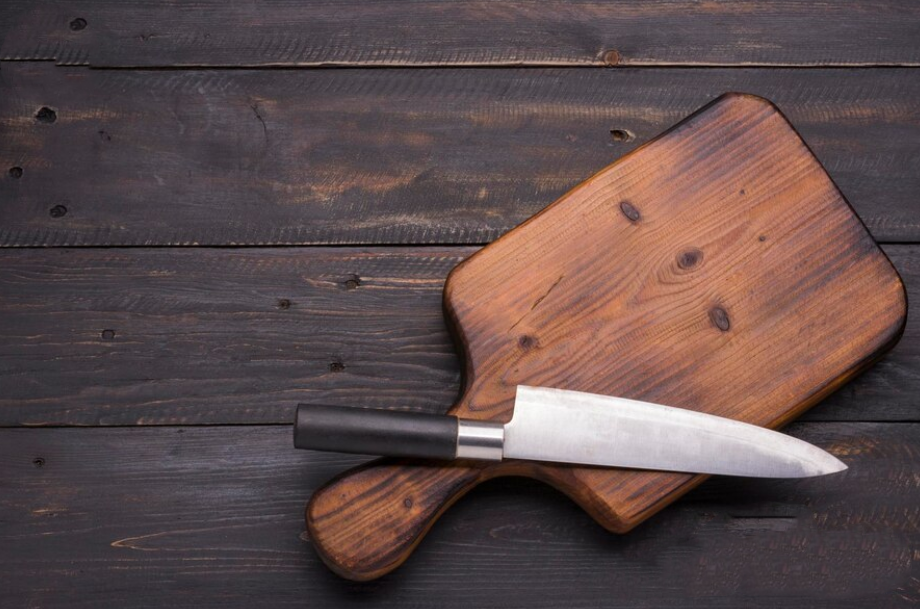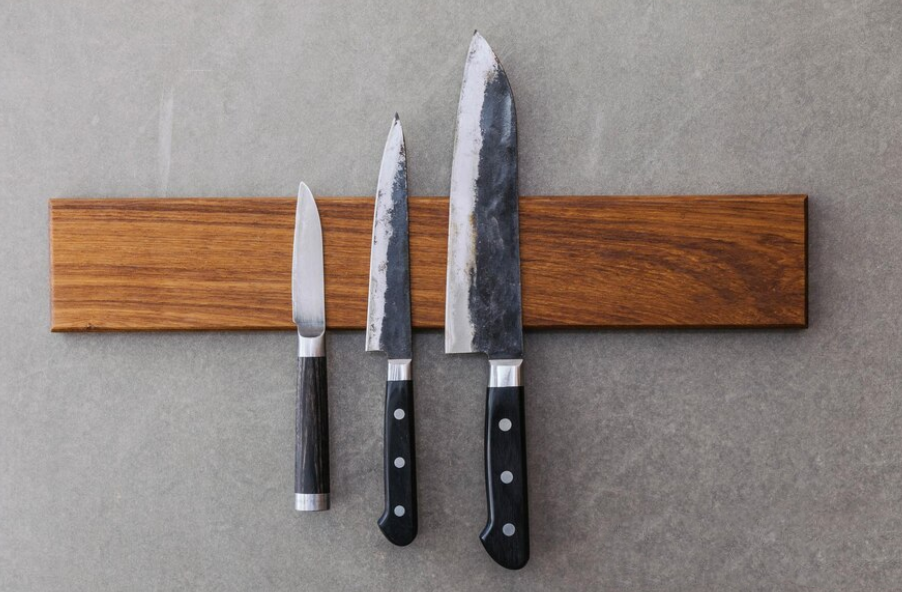The Art of Crafting Handmade Chef Knives: Your Guide to Forged Kitchen Knives
Handmade Chef Knives Forged Kitchen Knives: An Essential Tool for Every Home Cook
Table of Contents
- Understanding Handmade Chef Knives
- What Makes Forged Kitchen Knives Special?
- The Process of Forging Kitchen Knives
- Benefits of Using Hand Forged Chef Knives
- Choosing the Right Custom Chef Knife
- Maintaining Your Handmade Chef Knives
- Conclusion
Understanding Handmade Chef Knives
Handmade chef knives have gained immense popularity among cooking enthusiasts, chefs, and home cooks alike. Forged kitchen knives, crafted with precision and care, bring a unique blend of performance and artistry to your kitchen. The term “hand forged” signifies that these tools are created through a meticulous process, ensuring each knife is not only functional but also a beautiful piece of craftsmanship.
Hand forged chef knives offer improved balance and durability compared to mass-produced options, making them a worthwhile investment for anyone serious about cooking. If you are looking to elevate your culinary experience, exploring the world of handmade chef knives forged from quality materials is an excellent starting point.
What Makes Forged Kitchen Knives Special?
Forged kitchen knives are distinctively stronger and better balanced than their stamped counterparts. Here’s why you should consider them:
- Durability: The forging process compresses the metal, resulting in a denser and more resilient blade.
- Edge Retention: Forged blades typically maintain their sharpness longer, reducing the need for frequent sharpening.
- Customization: Many artisans offer custom chef knives tailored to fit your specific needs, making them a personal addition to your kitchen arsenal.
- Aesthetics: Each knife has its own character and beauty, often showcasing unique patterns and finishes.

The Process of Forging Kitchen Knives
The process of forging kitchen knives is as fascinating as the knives themselves. Here’s a breakdown:
- Material Selection: High-quality steel is chosen for its hardness and ability to hold an edge. Common materials include high carbon stainless steel or Damascus steel.
- Heating: The steel is heated in a forge to a high temperature, making it malleable.
- Forming the Blade: The heated steel is hammered into shape, forming the blade. This step determines the knife’s geometry and balance.
- Quenching and Tempering: The blade is then cooled rapidly (quenched) to harden it, followed by tempering to reduce brittleness.
- Sharpening and Finishing: Finally, the blade is sharpened to a precise edge and polished, enhancing both its function and aesthetic appeal.
Each step requires skill and knowledge, reflecting in the quality and performance of the final product.
Benefits of Using Hand Forged Chef Knives
Investing in hand forged chef knives comes with numerous advantages:
- Improved Performance: The balanced weight and sharpness enhance your cooking skills, from delicate slicing to heavy chopping.
- Longevity: A well-maintained hand forged chef knife can last a lifetime, making it a cost-effective option in the long run.
- Versatility: These knives can handle a wide range of tasks, from prepping vegetables to carving meat.
- Artisan Appeal: Owning a handmade knife adds a personal touch to your kitchen tools, showcasing craftsmanship and dedication.
Choosing the Right Custom Chef Knife
When selecting a custom chef knife, consider the following factors:
- Purpose: Determine what tasks you will primarily be doing. Do you need a primary chef knife, or are you looking for specialized options like a paring knife or a bread knife?
- Handle Comfort: The handle should fit comfortably in your hand for optimal control and safety.
- Blade Size and Shape: Longer blades are suitable for slicing, while shorter ones offer more control for intricate tasks.
- Steel Type: Understanding the differences between steel types (e.g., high carbon vs. stainless) allows you to choose the one that fits your cooking style best.
Researching and reading reviews of different artisan knife makers can also guide your decision-making process.

Maintaining Your Handmade Chef Knives
To prolong the life of your handmade chef knives, it’s essential to maintain them properly:
- Cleaning: Always wash your knives by hand in warm, soapy water. Avoid leaving them in the sink or placing them in a dishwasher.
- Drying: Dry the knives immediately after washing to prevent rust or tarnish.
- Sharpening: Use a whetstone or an appropriate sharpening tool when the edge starts to dull. Regular honing keeps the blade aligned.
- Storage: Use a knife block, magnetic strip, or knives sheaths to protect the blades and prevent accidental damage.
Conclusion
Handmade chef knives forged kitchen knives represent a blend of exceptional quality and artistry that can elevate your cooking experience. From the forging process to the benefits of using these magnificent tools, understanding their significance can help you become a more skilled home cook. Whether you’re considering custom chef knives for your own kitchen or looking for a thoughtful gift for a culinary enthusiast, hand forged chef knives are an excellent choice.
Encourage your culinary journey today by investing in a high-quality, handmade chef knife. You won’t just be buying a tool; you’ll be embracing a tradition of craftsmanship that enhances your cooking and adds beauty to your kitchen.

